Elon Musk lack of focus may be catching up to him. Beyond Tesla losing its lead to China’s BYD in the electric vehicle market, it appears that his ambitious project to implant computer chips in human brains may similarly be falling behind competitors. According to Reuters, a Chinese tech company has implanted similar chips in three patients with a plan to install ten more the end of 2025; Elon Musk’s Neuralink has to-date installed chips in three patients.
Projects to create brain-computer interfaces, or BCIs, have been in the works since at least the early 2010s. The technology has already demonstrated its usefulness in people with disabilities, like spinal cord injuries, where BCIs can allow one with limited mobility to control a computer with their mind. The chips essentially work by monitoring electrical signals in the brain for patterns associated with different actions, translating them into computer code.
The leading BCI project in China is a collaboration between the Chinese Institute for Brain Research (CIBR) and NeuCyber NeuroTech. Beinao No.1 is the group’s semi-invasive chip that has already been demonstrated in use with patients. In a video released last year, patients suffering from paralysis were shown controlling a robotic arm to pour a cup of water, with their thoughts transmitted onto a computer screen. The company hopes to conduct formal trials with 50 patients by 2026.
Founded in 2016, Musk’s Neuralink had been quiet for years, but in 2024 came out of the shadows and shared the story of its first patient with a successful implant. Noland Arbaugh, a quadriplegic paralyzed from the shoulders down, reported that Neuralink’s chip enabled him to begin using his computer and playing games independently. Unlike semi-invasive chips that are placed on the brain’s surface, Neuralink inserts them inside the brain to maximize signal.
Last year, China’s Ministry of Industry and Information Technology expressed its interest in advancing the technology, saying it aims to “make breakthroughs in key technologies and core devices such as brain-computer fusion, brain-like chips, and brain-computing neural models.” The ministry noted the technology could be used in applications including hands-free driving, virtual reality, and medical rehabilitation. This being China, there are no doubt concerns regarding how the state may use data collected from a BCI. Maybe one’s social credit score will drop if they have thoughts not conducive to the stability of the authoritarian regime.
Neuralink likely does not have to worry too much about Chinese competitors. In the United States, however, a company called Synchron is also working on the technology with backers including Amazon founder Jeff Bezos and Microsoft’s Bill Gates. The company has trialed its technology on ten patients thus far.
Musk was famous for bringing electric cars into the mainstream and has been able to quickly build a formidable AI company in xAI despite launching the endeavor years after the competition. Being behind does not necessarily mean Neuralink will lose. The company’s invasive implementation is different from the rest, and Musk’s greater ambition with Neuralink is to create new forms of cybernetic “enhancements” for everyday people. Maybe individuals could someday have super-human memory, or the ability to learn new skills instantly. xAI’s artificial intelligence capabilities could theoretically support Neuralink.
China has been aggressive about supporting the country’s foray into new industries like electric cars, and BCIs are no different. Earlier in March, the country’s Nation Healthcare Security Administration announced healthcare billing categories for implants of brain-computer interface chips. When a top-down, centralized economy like China decides to prioritize specific endeavors, it can make advances quickly. BYD now outsells Tesla globally with factories opening across the world. The risk is that China overtakes the United States in key industries and is able to spread its values and influence around the world.
There remain a lot of concerns surrounding BCIs, particularly the invasive version that Neuralink uses. Long-term compatibility and post-operative immune reactions are still a question. Semi-invasive versions are safer but struggle with weaker signals to the brain.

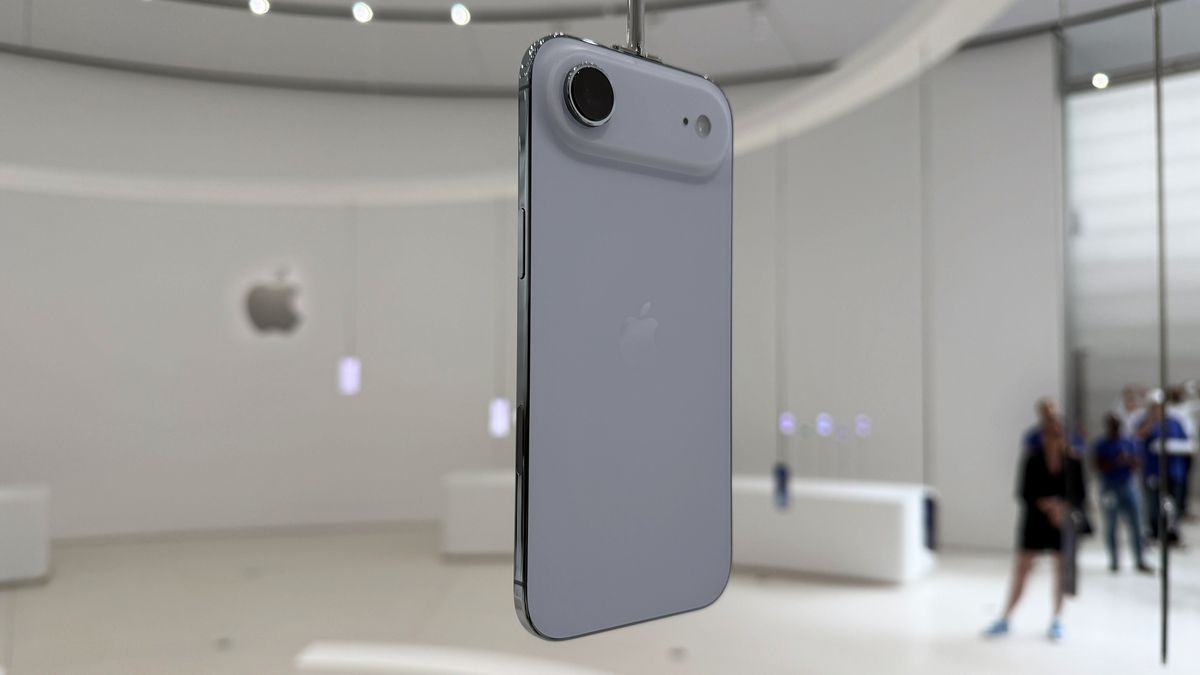

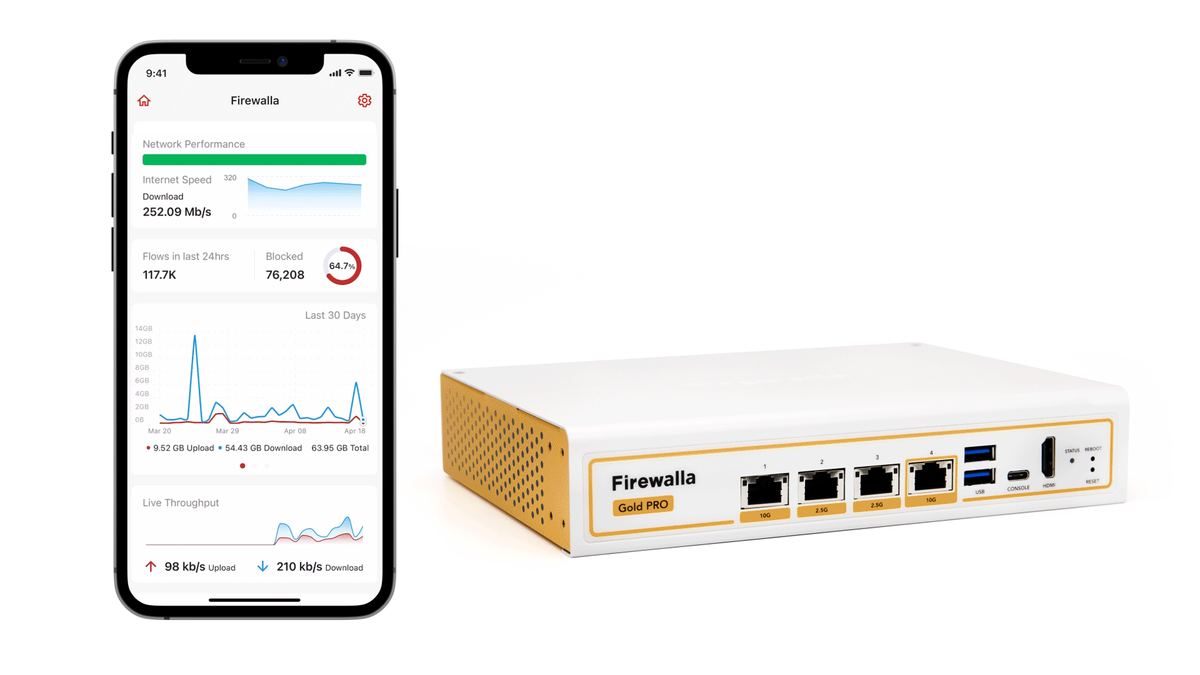

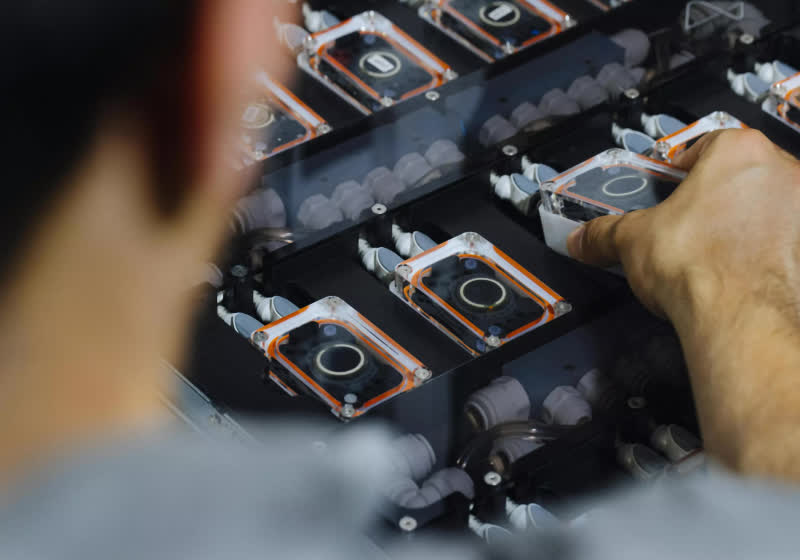
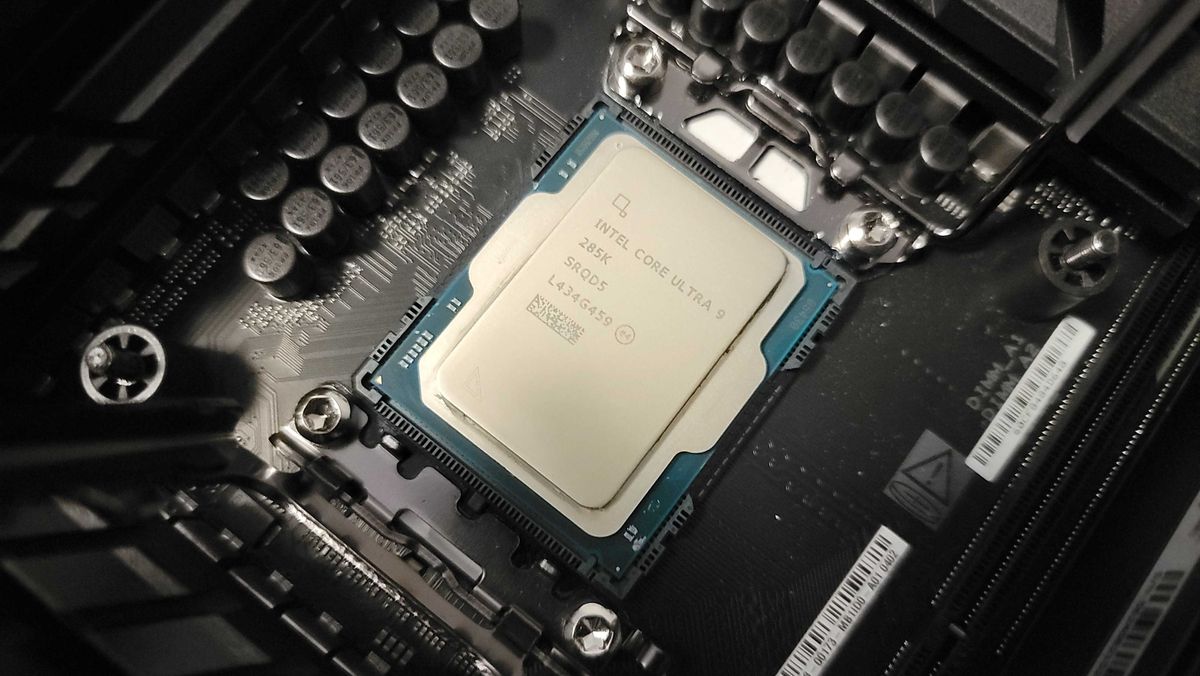
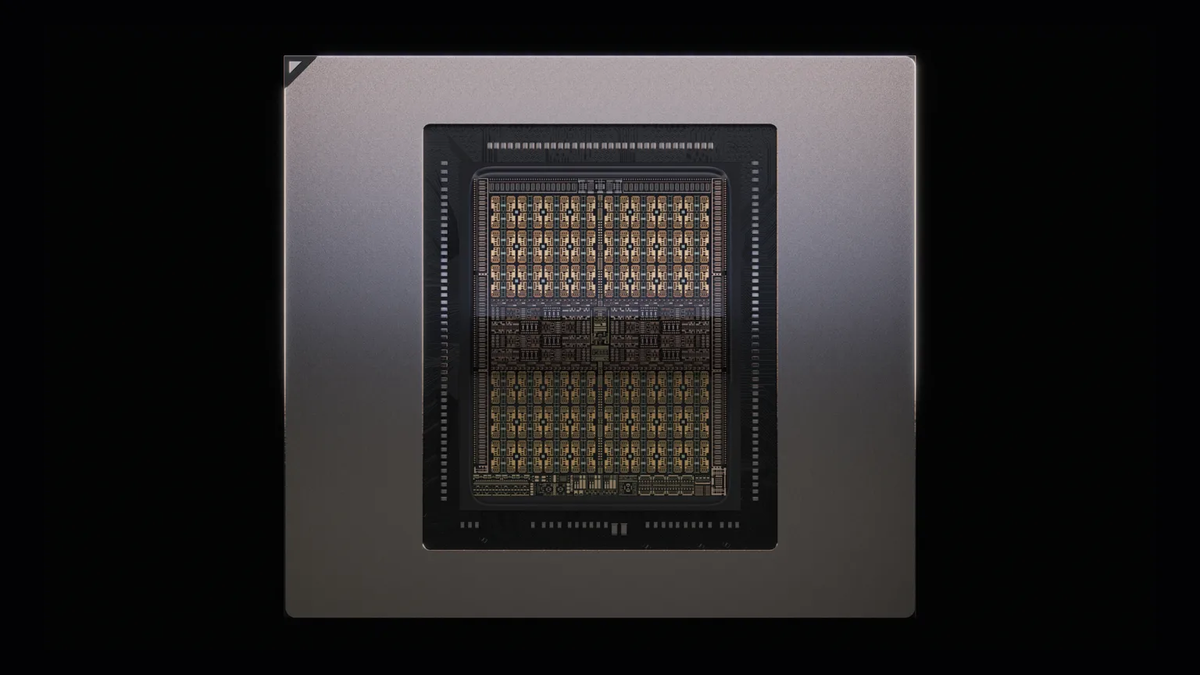

 English (US) ·
English (US) ·